Dogs and plants can coexist in harmony. As long as your chosen houseplants or backyard greenery do not have any natural toxic principles, they are considered safe for canine pets. For paw parents interested in growing plants, Waldo’s Friends shares this list of commonly searched plants that are non-toxic to dogs. (To discover the top 10 toxic plants, read this article.)
Reminder: This blog post is only a guide. Reading it should not replace a consultation with your veterinarian about the plants you can bring home. This is especially true for those with young puppies, or pets with sensitive dispositions and existing health conditions.

1 Spider plants
The Chlorophytum comosum has long, slender, drooping leaves that appear like spider legs. The plant purifies air toxins such as formaldehyde and xylene, making it a popular choice for homes and even offices. Hanging it or mounting it on a wall is a good option for those with playful pups.
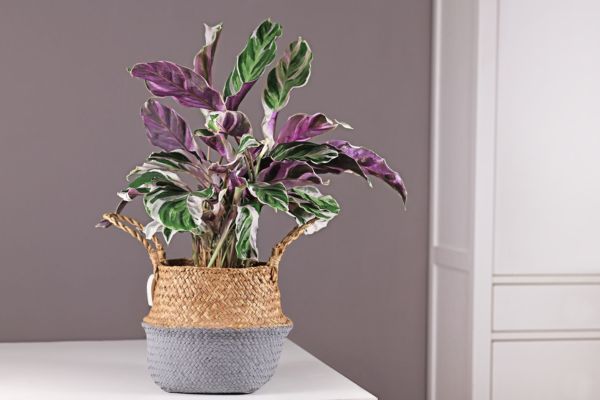
2 Prayer plants
A sight to behold, Maranta leuconeura has bold, patterned leaves that fold up in prayer at night. There are over 530 species of these low-growing plants, some with variegations in white, pink, and light green.
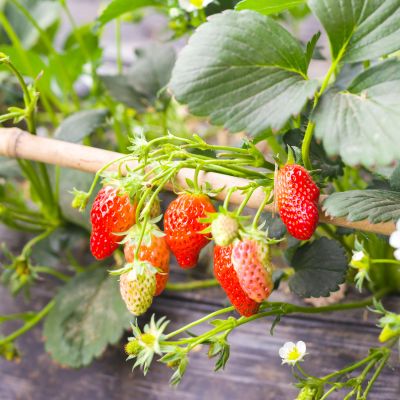
3 Strawberry plants
The Fragaria genus has 20 known species that bear edible fruits, ranging from sweet to tart. This canine-friendly plant can be grown indoors in the right conditions. It thrives under direct sunlight in well-drained sandy loam soil.
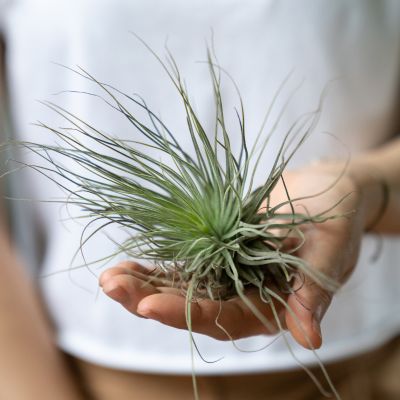
4 Air plants
Dogs with a knack for digging soil may not bother with Tillandsia as this plant does not need soil to grow. Instead, the scale-like structures on their leaves help the plant trap moisture and dust. Photosynthesizing at night, this pet-safe option looks lovely displayed in an open terrarium.
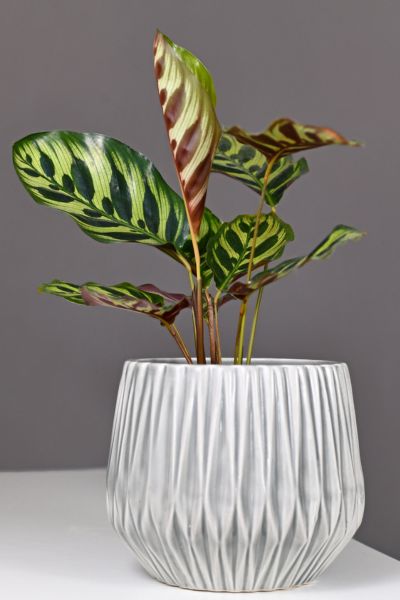
5 Calathea plants
Purify the air while keeping your dog safe with a potted calathea. With over 60 species, this genus is popular for having colourful inflorescences and decorative leaves that also fold up at night.
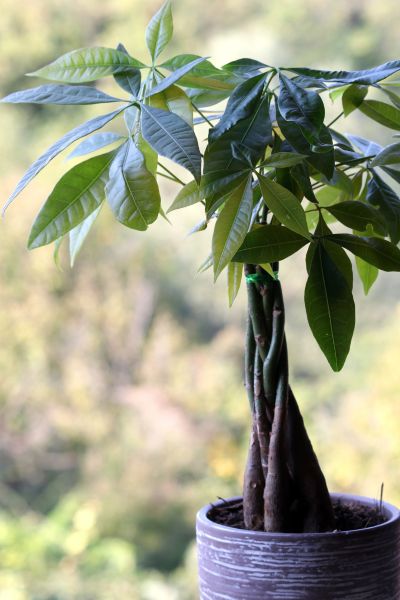
6 Money plants
Pachira aquatica or money tree is a non-toxic plant you can grow around your pet. Known for its beautiful umbrella-like leaves and a braided trunk, the plant thrives in bright, indirect light and humid temperatures.
However, it’s important to know that there are other houseplants called money plants that contain poisonous toxins for dogs. These include jade plants, silver and golden pothos, swiss cheese plants (that fall under the Monstera genus), and lucky bamboo (which belongs to the Dracaena).
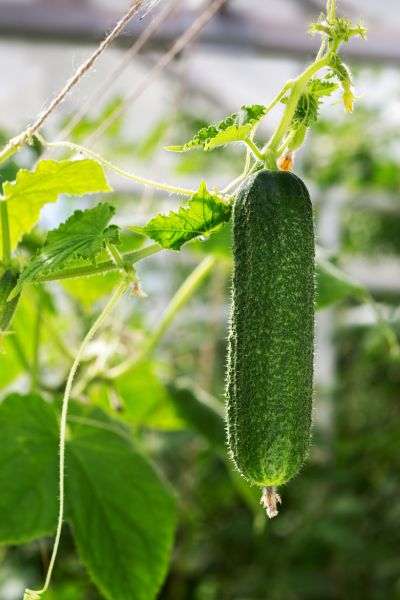
7 Cucumber plants
Cucumis sativus does not have harmful principles in any of its tendrils, leaves, stems, and roots. In fact, the cylindrical fruit is edible for dogs. At least six hours of direct sunlight can help this plant thrive inside your home.
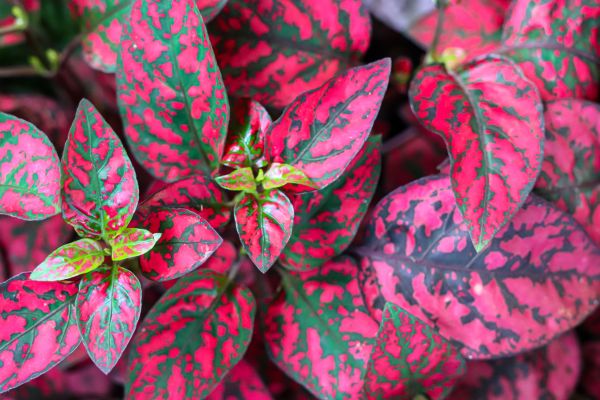
8 Polka dot plants
Hypoestes phyllostachya have unevenly shaped spots on their leaves. Depending on its cultivar, the colours of the markings can range from white to hot pink. As it has a small root system, it can be placed in smaller-sized pots and grown with bright but indirect light.
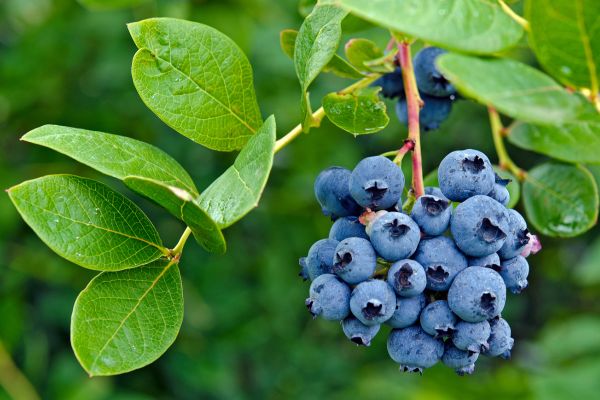
9 Blueberry plants
Blueberries can be planted in your yard all year round, or grown in pots during winter. For indoor planting, choose lowbush or dwarf species such as top hat, sunshine blue, and north sky. They’re low-maintenance varieties that won’t take up too much of your space. (As an added bonus, their fruits can be eaten by dogs!)
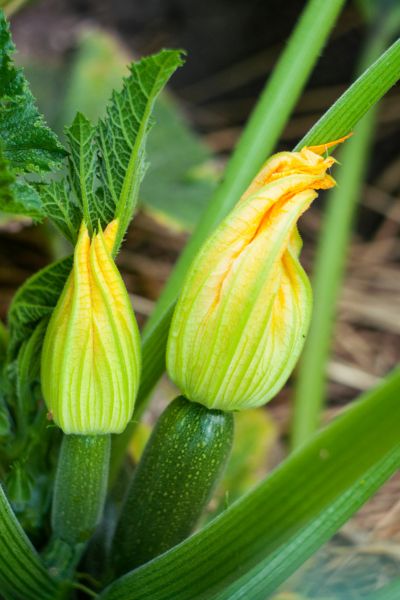
10 Zucchini plants
Typically grown because of its edible fruits, the zucchini plant also produces beautiful and consumable yellow-coloured flowers. Direct sunlight and a consistently moist soil high in organic matter can help indoor zucchini plants flourish.
Additional reminders
- If you can’t keep an eye on your dog at all times, place your plants out of their reach or in no-dog zones to prevent accidents.
- Do not let your dog make a habit of eating the leaves or other parts of plants. Even non-poisonous varieties may cause choking, stomach upset, or intestinal blockage.
- If you notice your dog eating more plant matter than usual, try to figure out the cause. He may be bored, nauseous, gassy, or already be suffering from a nutritional deficiency.
- Protect your pet by not spraying toxic chemicals such as pesticides or fertilisers that he may accidentally rub against, play with, or eat.
- During walks, observe which plants your dog approaches, sniffs, licks, and bites. Better yet, let him wear a collar and harness to control his movement.
- If you suspect that your dog ingested a poisonous plant, contact your veterinarian immediately. It’s best to take a photo or bring a sample of the plant to the emergency clinic. This will help your doctor identify the plant and its toxins.
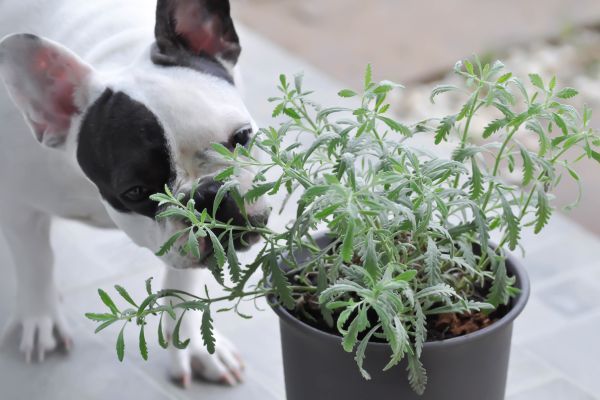
Be a responsible pet parent. Look through our comprehensive list of pet-friendly plants your dog might come across during your outdoor adventures or visit to other homes.
Leave a comment
Your email address will not be published. All fields are required.